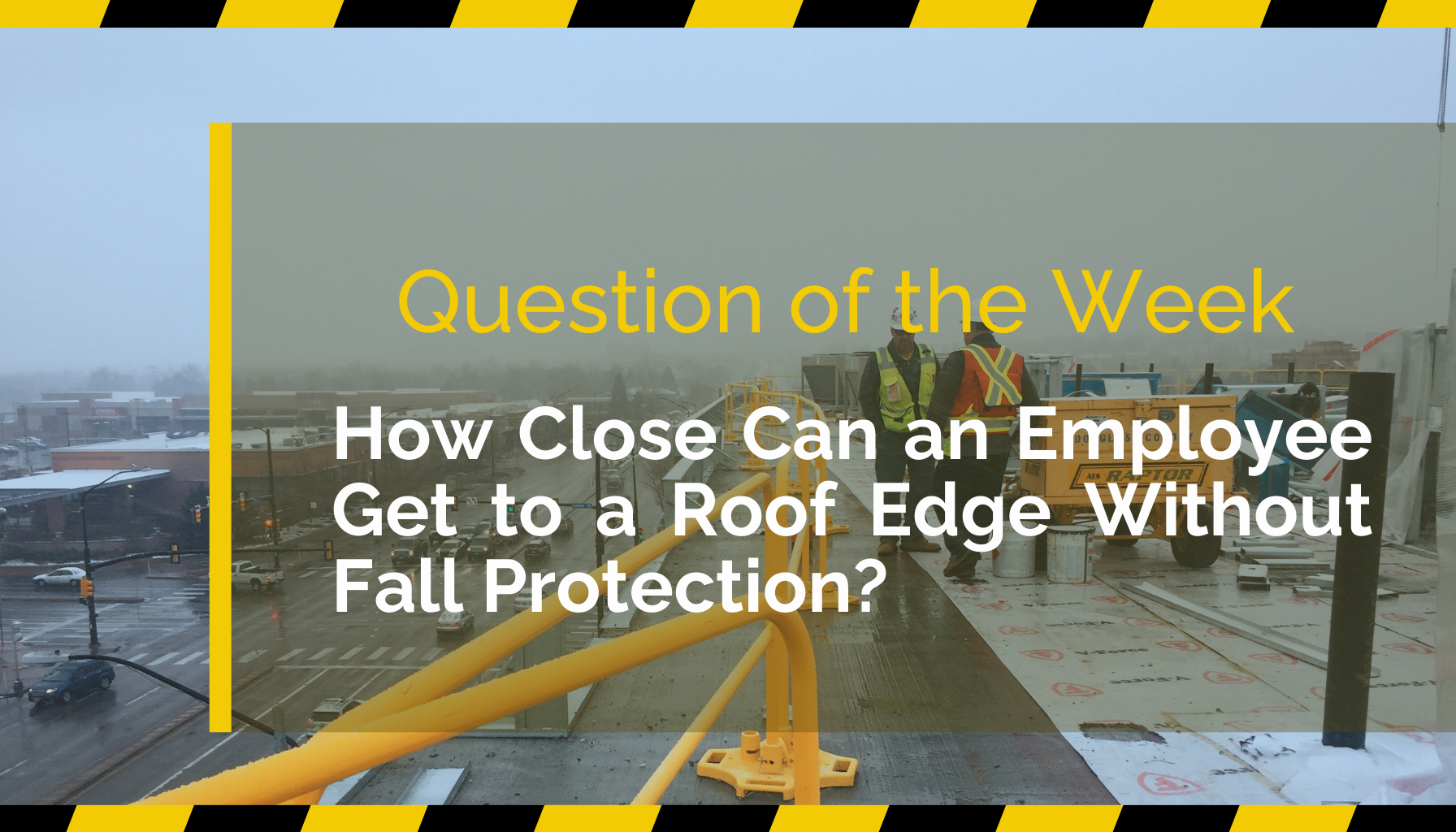Fall protection is a key aspect of safety when working at heights. A common question we often hear is: How close can an employee get to a roof edge without needing fall protection? And what happens if equipment, like an air handler, is located near the edge—does fall protection apply there too?
The answer depends on whether the work falls under general industry or construction regulations. Let's break it down:
General Industry (Maintenance Work on a Roof)
When the work is considered maintenance (general industry), OSHA has specific guidelines:
- OSHA 29 CFR 1910.23: If there’s an open-sided floor or platform 4 feet or more above the adjacent floor or ground, guardrails are required on all sides. If guardrails aren’t in place, other fall protection, like a personal fall arrest system (PFAS), must be used.
- OSHA 29 CFR 1910.132: Employers must ensure workers use the appropriate PPE, including fall protection, if there’s a risk of falling.
What About Air Handlers or Equipment Near the Edge?
If equipment such as an air handler is located within 7 feet of the roof edge, fall protection is required on all sides where employees could be exposed to an unprotected edge. Here's what that means:
- If guardrails or parapets aren’t present, workers need a personal fall arrest system (harness with a lanyard or SRL).
- If the worker is more than 15 feet from the edge and working in that area alone, OSHA allows employers to designate a safe work area with safety monitoring instead of using personal fall protection.
Construction Work on a Roof
If the work is considered construction, even at a manufacturing site, different rules apply under OSHA 29 CFR 1926.501(b):
- Employees working at least 6 feet above the lower level must be protected by:
- Guardrail systems
- Safety net systems
- Personal fall arrest systems (PFAS)
For tasks near equipment within 6 feet of an unprotected edge, fall protection is required on all sides that are exposed.
Key Takeaways for Employers & Workers
- Know the type of work: Whether it’s maintenance or construction affects whether the 4-foot (general industry) or 6-foot (construction) rule applies.
- Assess the distance: Fall protection is required if a worker is within 6-7 feet of an unprotected edge.
- Use the right fall protection: If guardrails or parapets are missing, use PFAS like harnesses, lanyards, and SRLs.
- Train employees regularly: Proper training is crucial to ensure workers understand fall hazards and comply with OSHA regulations.
No matter the circumstances, fall protection is required when working near an unprotected edge. If equipment like an air handler is within 7 feet of the edge, fall protection must be used on all exposed sides. Employers should stay on top of OSHA regulations to protect workers and avoid costly violations.
Need help with choosing the right fall protection system? Contact Colorado Safety Supply Company at 303-537-5832 for a thorough assessment. Staying compliant isn’t just about avoiding penalties—it saves lives!















